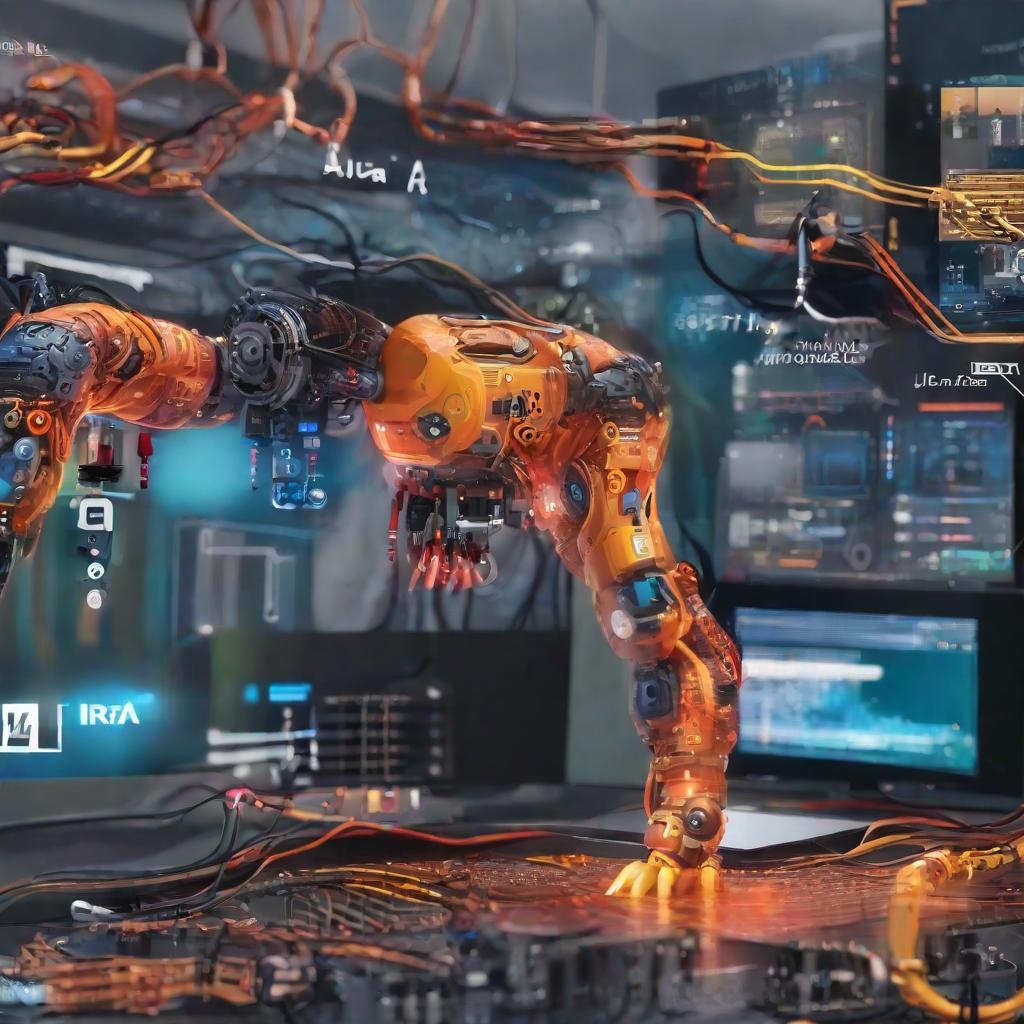How to Train a Custom LoRA Using AI

In recent years, Low-Rank Adaptation (LoRA) has become a popular method for fine-tuning large language models. This article will guide you through the steps necessary to train a custom LoRA model using artificial intelligence.
What is LoRA?
LoRA stands for Low-Rank Adaptation. It is a technique that allows users to efficiently fine-tune pretrained models without needing to retrain the entire model. It does this by introducing trainable low-rank matrices into the model's architecture. This method is particularly useful when computational resources are limited.
Prerequisites for Training a LoRA Model
Before you begin training your custom LoRA model, you will need the following:
- A foundational understanding of machine learning concepts
- Access to a pretrained model (e.g., from Hugging Face’s model hub)
- A dataset for training
- Python programming knowledge
- The necessary libraries installed (e.g., PyTorch, Transformers)
Step-by-Step Guide to Training a Custom LoRA Model
Step 1: Setting Up Your Environment
Start by creating a virtual environment and installing the required libraries:
python -m venv lora-env
source lora-env/bin/activate
pip install torch transformersStep 2: Load the Pretrained Model
Use the Transformers library to load a pretrained model. Here is an example using the BERT model:
from transformers import BertModel
model = BertModel.from_pretrained('bert-base-uncased')Step 3: Prepare Your Dataset
Your dataset should be in a suitable format for your chosen model. Typically, this means having pairs of input and output texts. Use the following approach to load and preprocess the data:
from transformers import BertTokenizer
tokenizer = BertTokenizer.from_pretrained('bert-base-uncased')
# Example of tokenizing the dataset
inputs = tokenizer(sentences, return_tensors='pt', padding=True, truncation=True)Step 4: Implement LoRA Adaptation
Next, you can implement the LoRA mechanism by adding low-rank layers to your model. This involves modifying the forward method of the model to include your low-rank decomposition.
class LoRAModel(BertModel):
def __init__(self, ...):
super().__init__(...)
# Initialize low-rank matrices here.
def forward(self, ...):
# Adjust forward pass to include low-rank adaptation.
passStep 5: Train Your Model
Finally, set up your training loop using PyTorch, and leverage the optimizer to train your model:
import torch
# Define your optimizer
optimizer = torch.optim.Adam(model.parameters(), lr=1e-5)
for epoch in range(num_epochs):
model.train()
# Your training code hereStep 6: Evaluate the Model
After training, evaluate the model's performance on a validation dataset and make any necessary adjustments.
Conclusion
Training a custom LoRA model can effectively fine-tune large-scale pretrained models with less computational cost. By following this step-by-step guide, you are now equipped to adapt AI models for your specific needs using this innovative technique.
“The future of AI is not in training larger models, but in effectively adapting them to new tasks.”